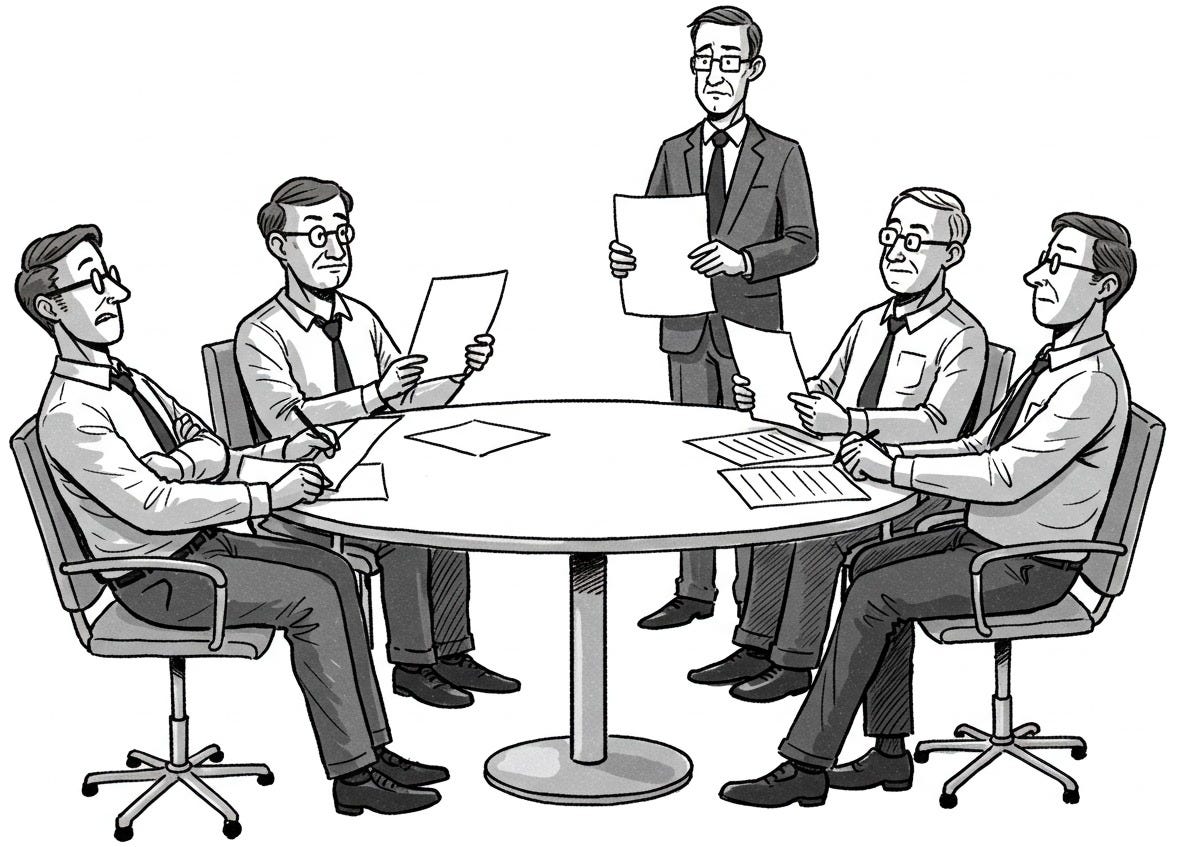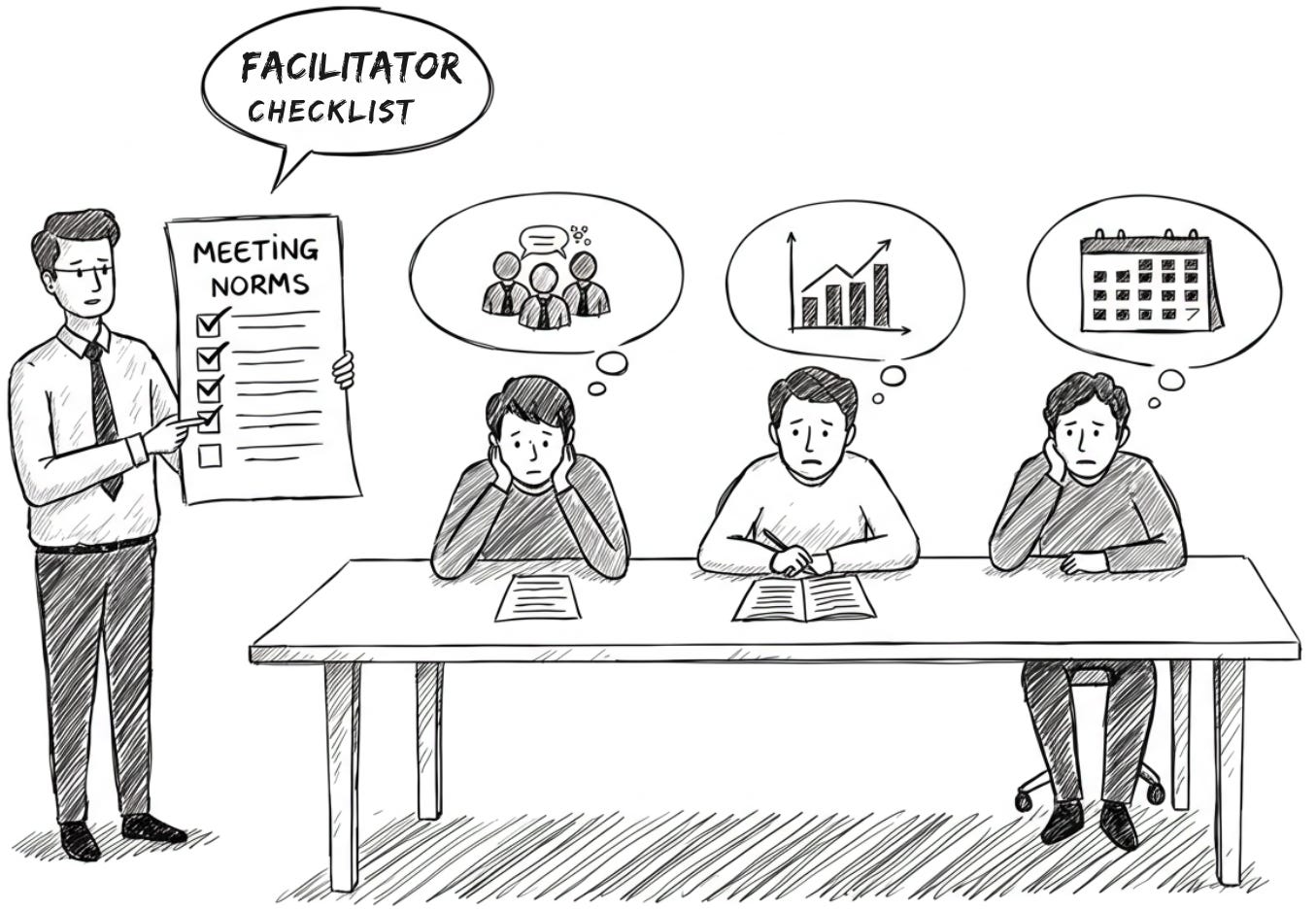How to reset a chaotic meeting discussion and bring it back on track
Most Powerful Facilitation Skill for Scrum Masters
Hello 👋, It’s Vibhor. Welcome to the 🔥 paid member only🔥 edition of Winning Strategy: A newsletter focused on enhancing product, process, team, and career performance. Many subscribers expense this newsletter to their Learning & Development budget. Here’s an expense template to send to your manager.
I recently had the opportunity to facilitate a high-stakes meeting with the engineering directors.
They were supposed to align on a new roadmap for an upcoming product.
I kicked off the meeting with some initial context.
People started talking.
Within 15 minutes, the conversation turned into a tug-of-war. Everyone wanted something different, and no one was really listening. Some were fighting for headcount. Others wanted to push their projects up the priority list. A few were angling for promotions, while some advocated for bold, new directions for the business.
If you’ve ever watched a discussion spiral into chaos, you know how quickly things can unravel. Each person focuses on their own facts, their own stakes:
What they want to see happen
What they expect from others
What they perceive as unfair or risky
What they’ve heard others say
In this particular meeting, everyone was talking past each other, and we were burning through time without making any real progress.
What was happening in the room was enough to scare away new and first-time facilitators. Thankfully, I wasn’t new to this. I have been in such meetings long enough to know what is required to tame the beast.
In this post, I will share one powerful skill that can instantly reset these derailed discussions.
It's not a tough skill to learn, but it is surprisingly underused.
Also…
This technique works whether you're managing a heated executive session or a daily standup that's gone off the rails.
With that in mind…let’s get started.
The facilitative tricks that didn’t work
Let me start by stating what didn’t work.
As an experienced facilitator, I did:
state the purpose of the meeting
walk the group through the meeting norms
clarified the agenda
asked people to speak one at a time
tried to capture key points on the whiteboard
attempted to identify common ground
reminded everyone about the time constraints
All the textbook moves were taken care of. People nodded during the setup, but as soon as we got into the real discussion, all the good intentions went out the window.
Everyone reverted to their default behaviours. Old debates resurfaced. The agenda became background noise.
Why?
Traditional facilitation techniques work great when people are “slightly” off-track. They fail miserably when emotions are high and personal stakes are involved.
In heated discussions, people aren't really thinking about meeting norms or agendas. They're caught up in their own narratives, their own urgencies.
The engineering director fighting for headcount wasn’t thinking about speaking in turn. She was worried about her team burning out.
The product leader pushing for a new direction was not concerned about the norms. He was seeing market opportunities slip away.
People weren't being difficult on purpose.
They had real concerns, real pressures, and real consequences.
When people are emotionally charged, deeply invested in their own viewpoints, or simply not listening, the surface-level facilitative interventions are usually not enough.
In such situations…the more you try these standard techniques, the more invisible you become to the room.



